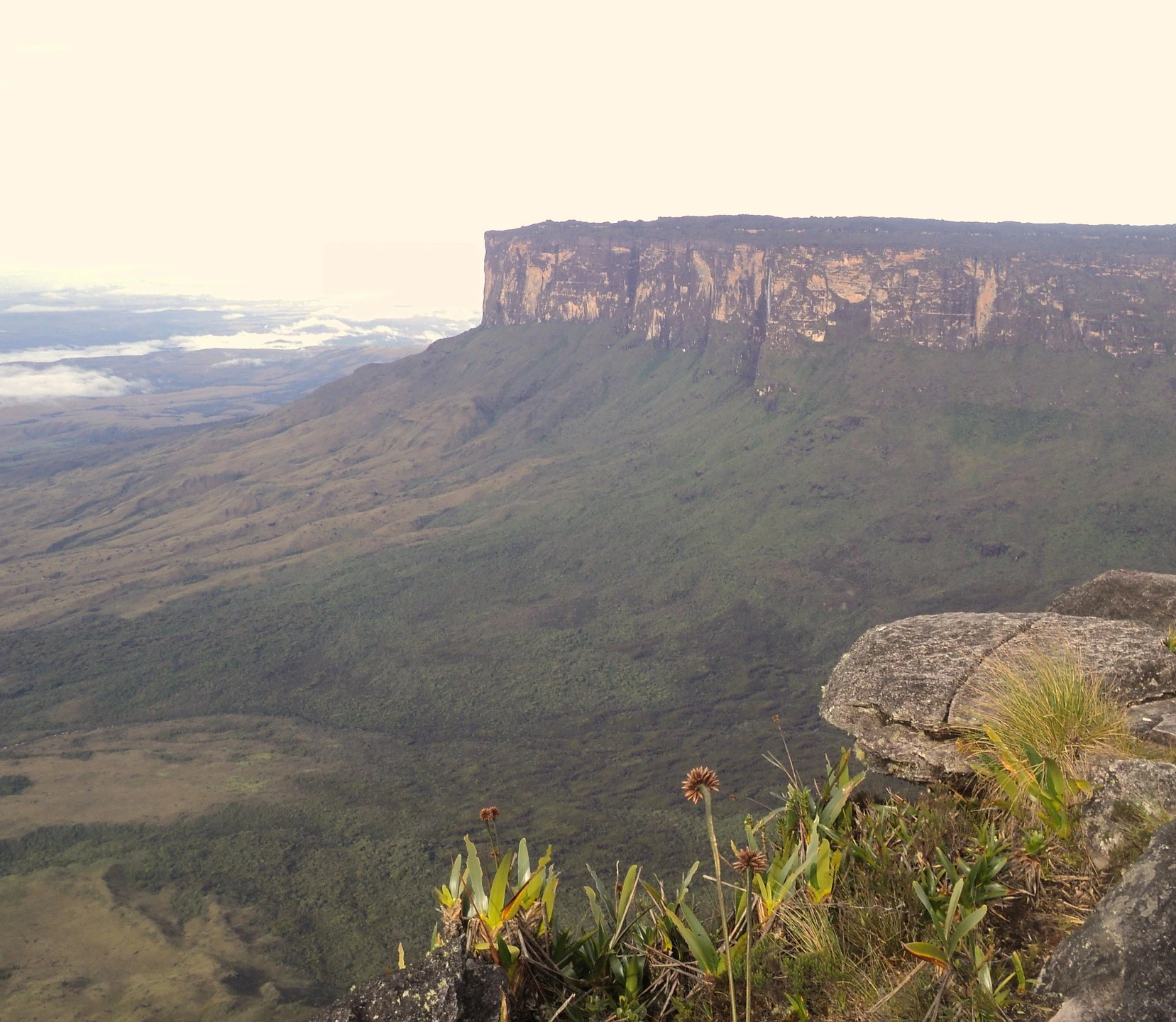- How much of the earth’s surface is forested?
- Forests cover 31 percent of the world’s land surface, just over 4 billion hectares. (One hectare = 2.47 acres.) This is down from the pre-industrial area of 5.9 billion hectares.
- How are our forests distributed across the world regions?
- Europe: 25.07%, South America: 20.8%, Africa: 15.68%, Asia: 15.34%, Oceania: 4.5%
- What is the largest forested area in the world?
- Amazon. The undisputed number 1 is probably the most famous forest on earth is the South American Amazon. The forest of all forests, with its fabulous 5,500,000 km² , not only has the largest area, but is also home to one in ten species existing on earth.
- What is Conservation?
- Conservation refers to the sustainable use and management of natural resources to ensure their preservation for future generations. It involves protecting and managing ecosystems, species, and natural resources such as forests, water, and wildlife.
- Why is conservation important?
- Conservation is important because it helps to preserve the natural environment, which provides vital ecosystem services such as clean air and water, food, and shelter. It also helps to protect biodiversity, which is essential for the survival of both humans and wildlife.
- What are the key conservation strategies?
- The key conservation strategies include protecting ecosystems and habitats, managing natural resources sustainably, promoting biodiversity, reducing pollution and waste, and engaging communities in conservation efforts.
- What is the role of government in conservation?
- The government plays a critical role in conservation by developing policies and regulations that protect natural resources and biodiversity. It also provides funding and support for conservation efforts and works to raise awareness about the importance of conservation.
- How can individuals contribute to conservation?
- Individuals can contribute to conservation by reducing their use of natural resources, recycling and reducing waste, supporting sustainable products and practices, and supporting conservation organizations and initiatives. They can also educate others about the importance of conservation and take part in community conservation projects.
- What is the difference between conservation and preservation?
- Conservation involves the sustainable use and management of natural resources to ensure their preservation for future generations. Preservation, on the other hand, involves protecting natural areas and resources from human activities, with the aim of maintaining them in their natural state.
- What are the benefits of conservation?
- The benefits of conservation include preserving biodiversity, protecting ecosystems and habitats, promoting sustainable use of natural resources, reducing the impact of climate change, and providing economic benefits such as ecotourism and sustainable livelihoods for local communities.
- What are the challenges of conservation?
- The challenges of conservation include inadequate funding and resources, lack of political will, conflicting interests and priorities, lack of public awareness and support, and the impact of climate change and other global threats to biodiversity and ecosystems.


